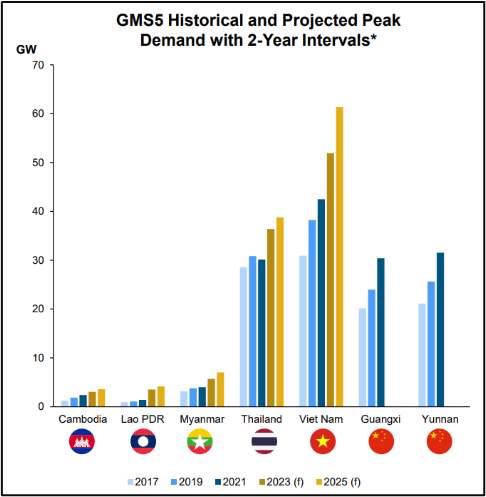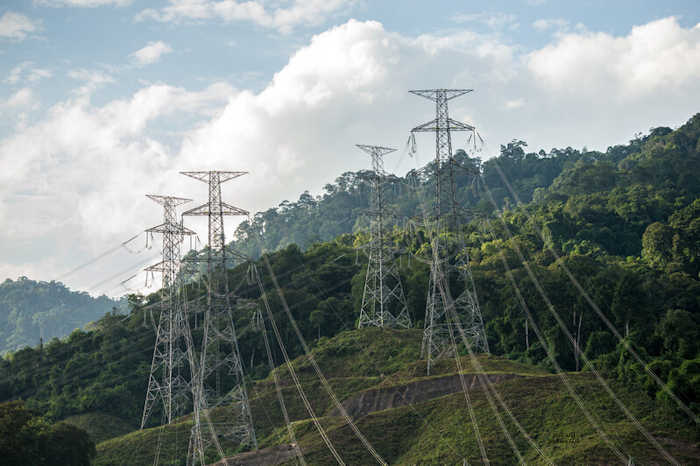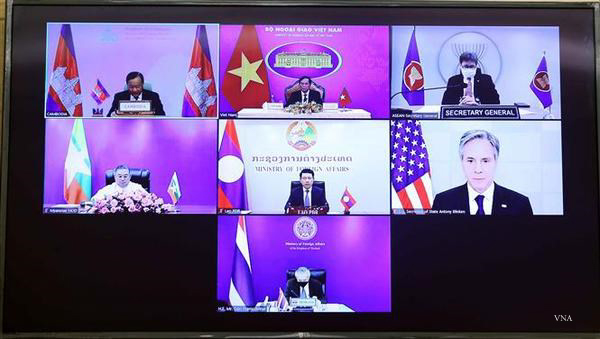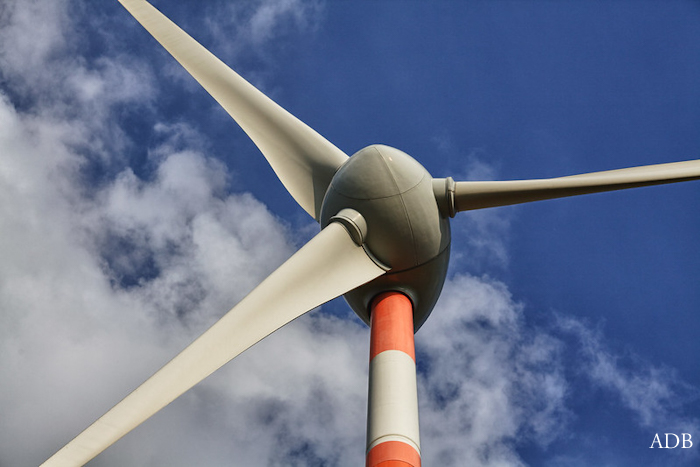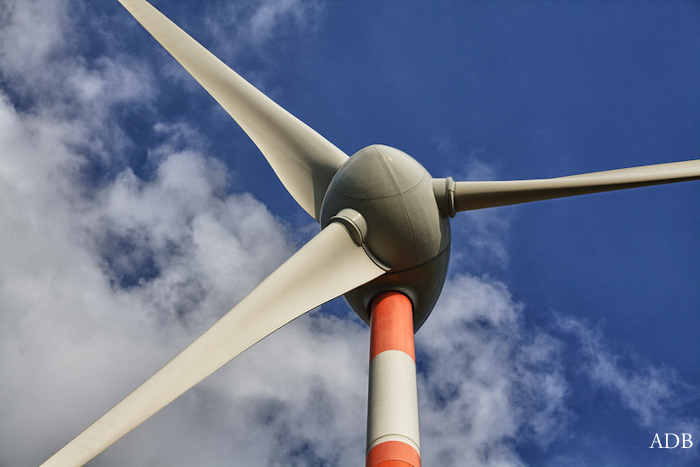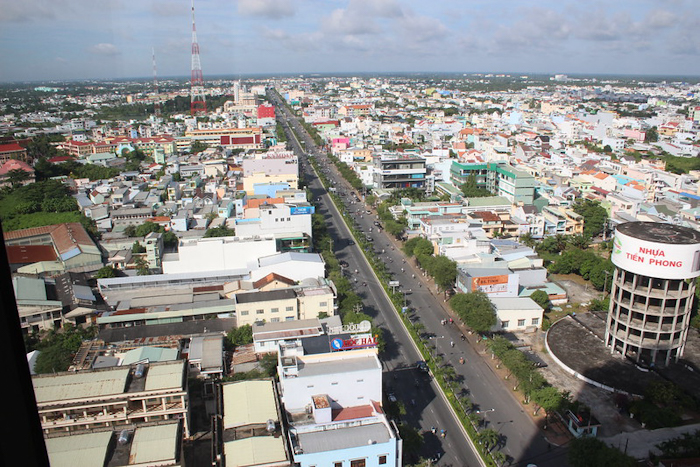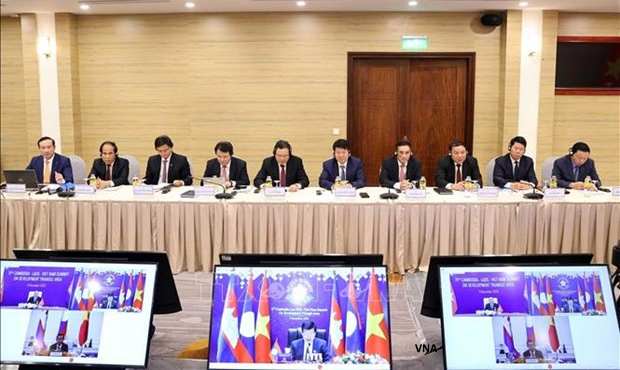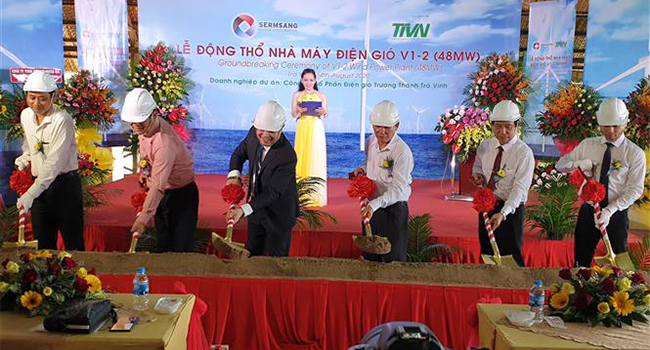Lao PDR Ramps Up Electricity Exports to Viet Nam
The Government of the Lao People’s Democratic Republic is increasing its electricity exports generated from its hydropower projects to its neighbors in the Greater Mekong Subregion, including Viet Nam. Lao PDR and Viet Nam have signed MoUs targeting to export 8,148 MW from Lao PDR to Viet Nam by 2030. Lao PDR also signed contracts with Viet Nam Electricity (EVN) to implement 25 projects with a combined capacity of 2,180 megawatts.

